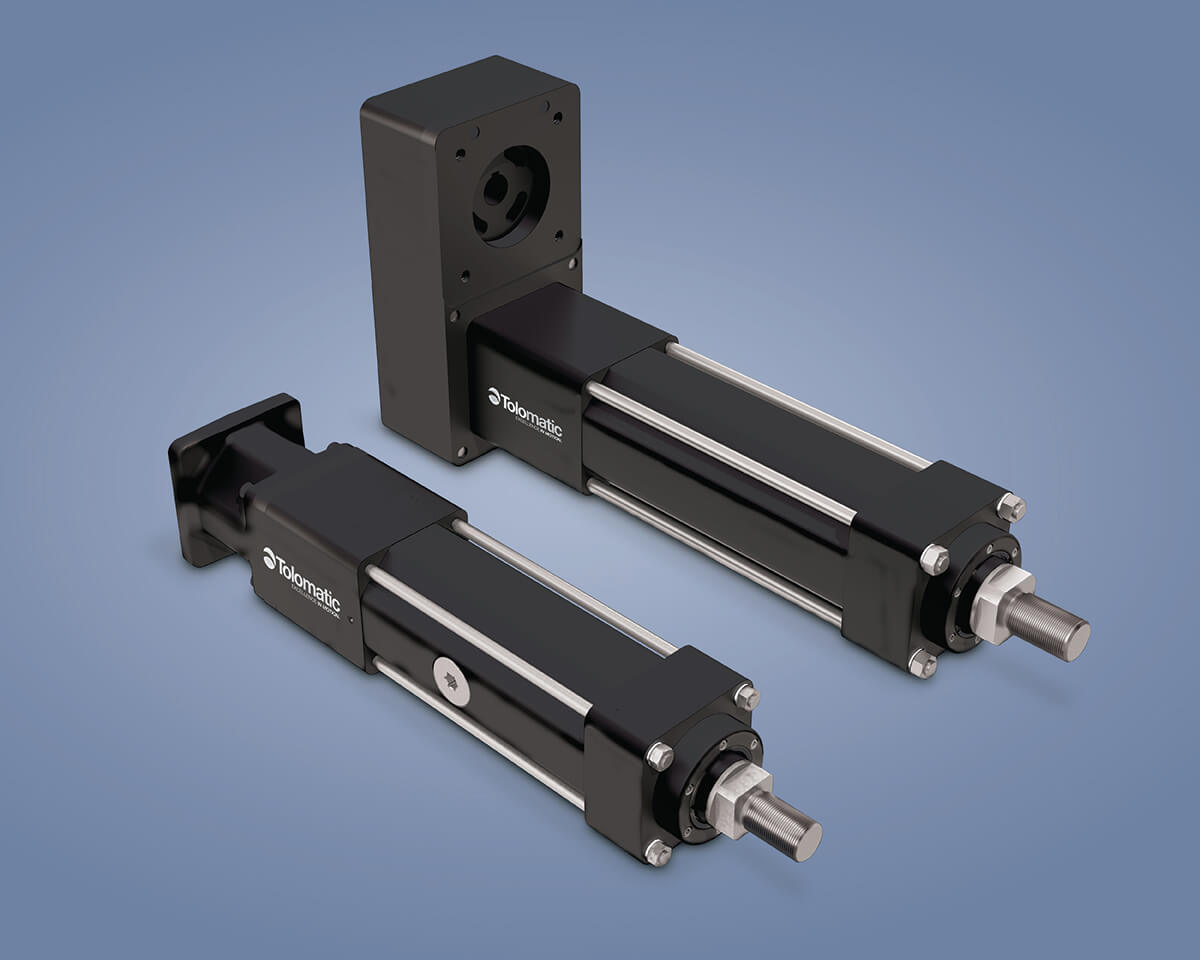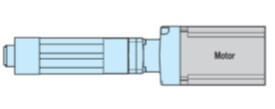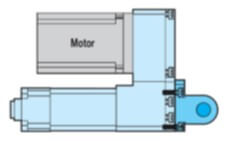Motor mounting for electric linear motion
By Tolomatic on July 24, 2018
 The motor is the power behind an electric linear motion system. An essential component. Designers can choose from a variety of motor types – stepper, servo, induction – and a myriad of motor manufacturers. Different applications will have different motor requirements.
The motor is the power behind an electric linear motion system. An essential component. Designers can choose from a variety of motor types – stepper, servo, induction – and a myriad of motor manufacturers. Different applications will have different motor requirements.
Some machine designers elect to purchase a complete, assembled electric linear motion system from a single supplier. They appreciate the convenience and assurance of quality that comes with a solution that’s designed, integrated and tested at the factory.
Other designers choose to buy the actuator, motor and other components from separate manufacturers and integrate the system themselves. For those who elect to handle their own motor mounting, we’ve developed a new Technical Note on the subject. Download it here.
Inline or reverse parallel motor mounting
There are two motor mounting configurations for linear actuation: inline or reverse parallel (RP). Here’s what each has to offer. Your machine’s design specs will point to the best configuration for your application.
- Inline motor mounting The motor is mounted directly in line with the actuator with a servo, spider or rigid coupler connecting th
 e motor to the actuator’s driveshaft. This type of configuration is longer than an RP mounting configuration but has much less height. (There is only a marginal difference between inline performance and that of modern, reverse parallel belts with correct tensioning.)
e motor to the actuator’s driveshaft. This type of configuration is longer than an RP mounting configuration but has much less height. (There is only a marginal difference between inline performance and that of modern, reverse parallel belts with correct tensioning.)
- Reverse parallel motor mounting The motor is mounted parallel to the actuator and coupled to the actuator driveshaft through
 belts/pulleys or gears. This configuration takes up less horizontal space and more vertical space than an inline configuration. RP motor mounting offers more mounting flexibility with both rear trunnion and rear clevis pivot mounts. Actuator manufacturers typically offer 1:1, 2:1, and 3:1 belt reduction ratios. This increases the flexibility of the actuator assembly and eliminates the need to add a gearbox as an additional component.
belts/pulleys or gears. This configuration takes up less horizontal space and more vertical space than an inline configuration. RP motor mounting offers more mounting flexibility with both rear trunnion and rear clevis pivot mounts. Actuator manufacturers typically offer 1:1, 2:1, and 3:1 belt reduction ratios. This increases the flexibility of the actuator assembly and eliminates the need to add a gearbox as an additional component.
Mounting a motor
Inline
Given the large selection of motors, a machine designer may need special couplers to mount a pulley on the motor’s shaft. Common coupling types include collar clamps, trantorques and set screws.
- A collar clamp is a popular design which is easy to install.
- A trantorque is more complex. It consists of a cylinder-shaped body with a hole through the center and a hex head on one end. When installing a trantorque bushing, the motor’s shaft is slid into the bushing and the motor pulley is slid over the bushing. Use a wrench to turn the hex head while keeping the motor shaft from spinning. This allows the trantorque bushing to grab the motor's shaft and tighten itself to the motor pulley.
- A set screw pulley design works best with either a keystock on the motor shaft or a flat area on the shaft for the set screw to engage.
Watch our videos of how to mount a motor.
Reverse parallelMounting a motor on a belt and pulley motor mount requires more attention. Tensioning the belt is touchy, and the engineer has to avoid over- or under-tensioning the belt. Under-tensioning will cause cogging (skipped teeth). Belts that are over-tensioned can cause distortion in the linear actuation system because they sideload the motor and actuator driveshafts.
Watch our video on how to mount an RP belt and pulley system.
If a gear set is used in the reverse parallel housing, it is simply bolted on, and a few components are tightened to their correct torque.
If you have questions about motor mounting, ask your linear actuator company for help. Our technical support staff are helpful, knowledgeable and eager to assist you.
Resources
Learn more about motor mounting. Download our Technical Note, Electric actuator motor mounts.
Interested in electric linear motion? Join the discussion at our LinkedIn group.

 Ask an Engineer
Ask an Engineer